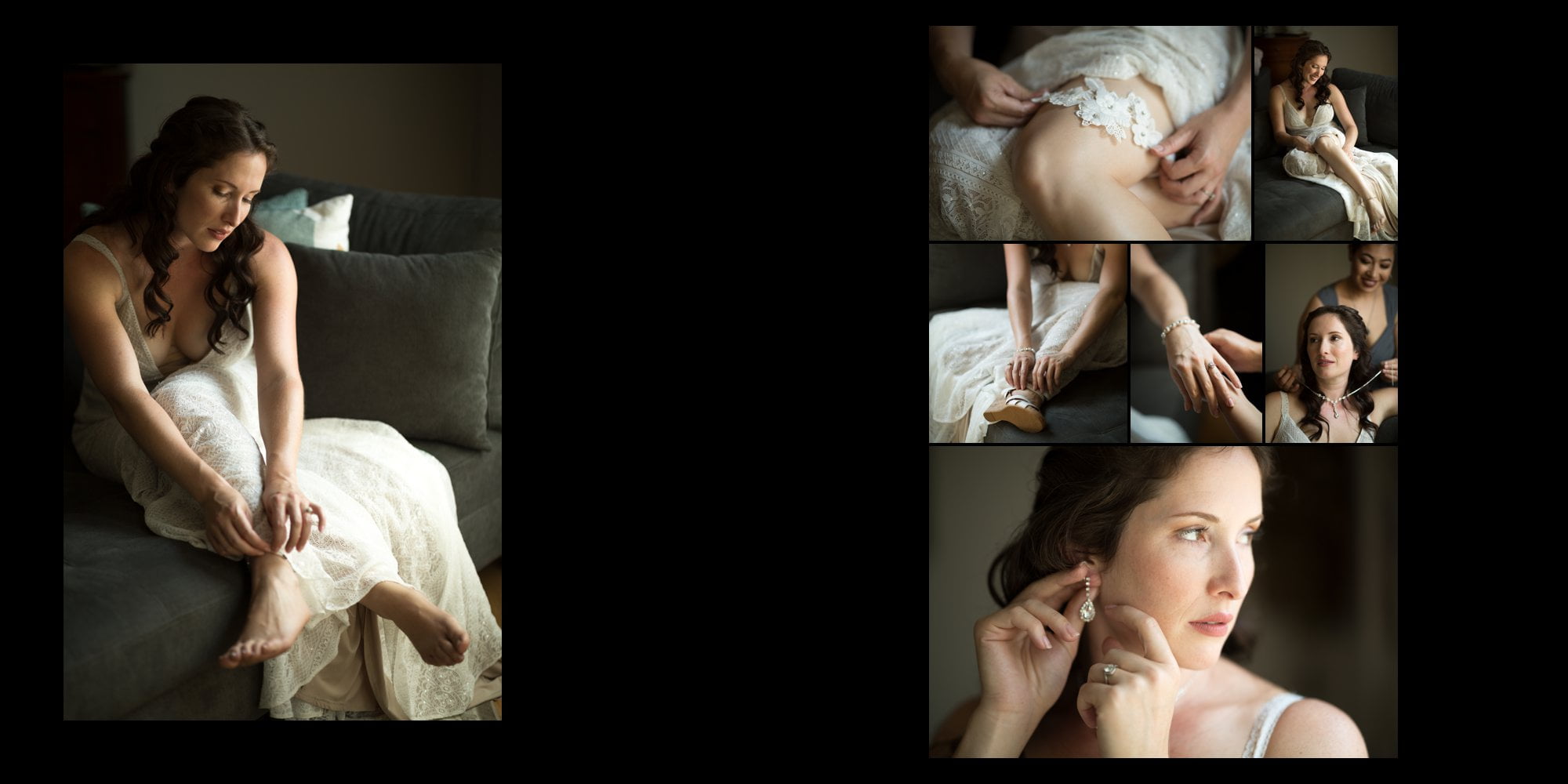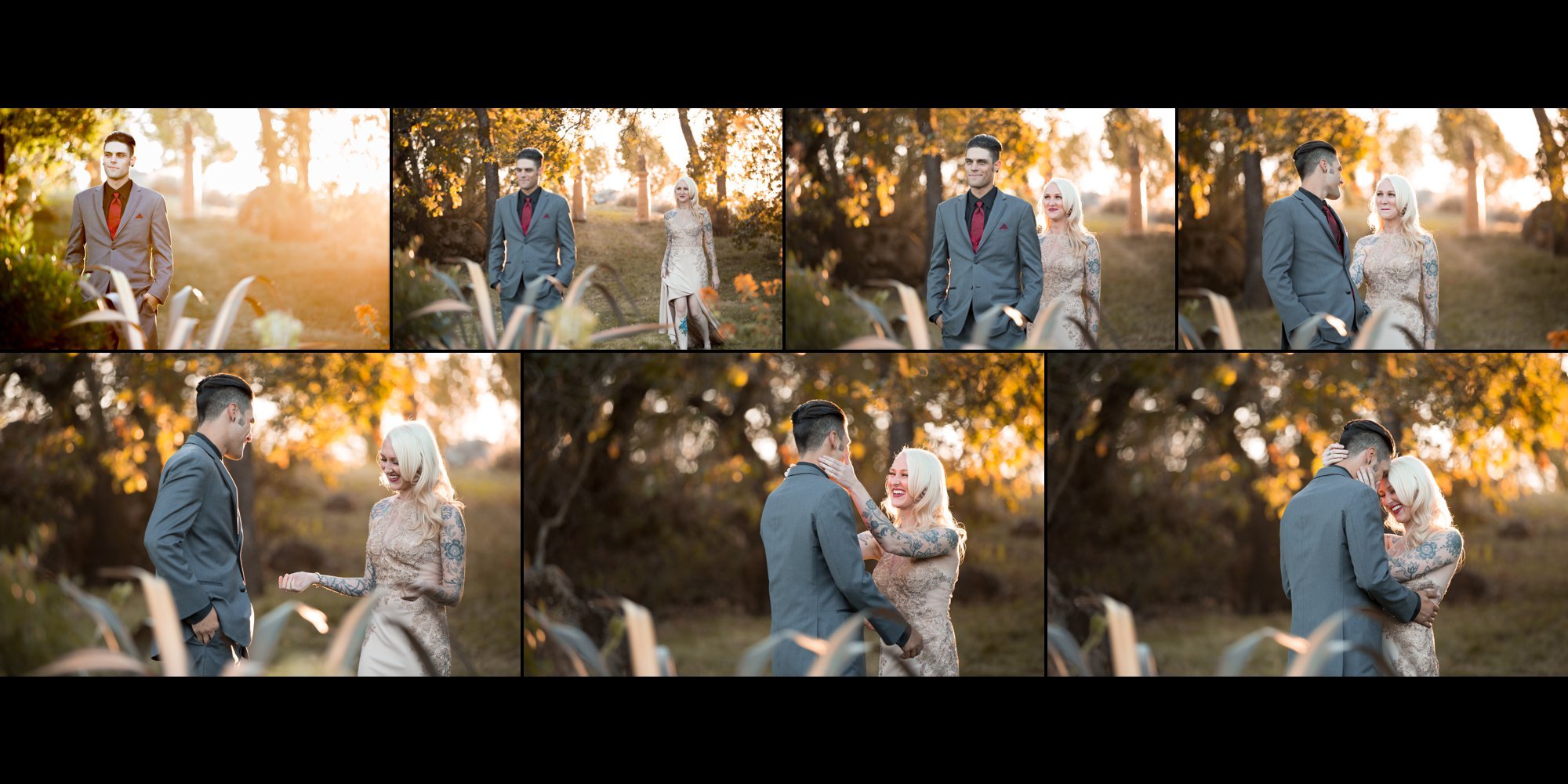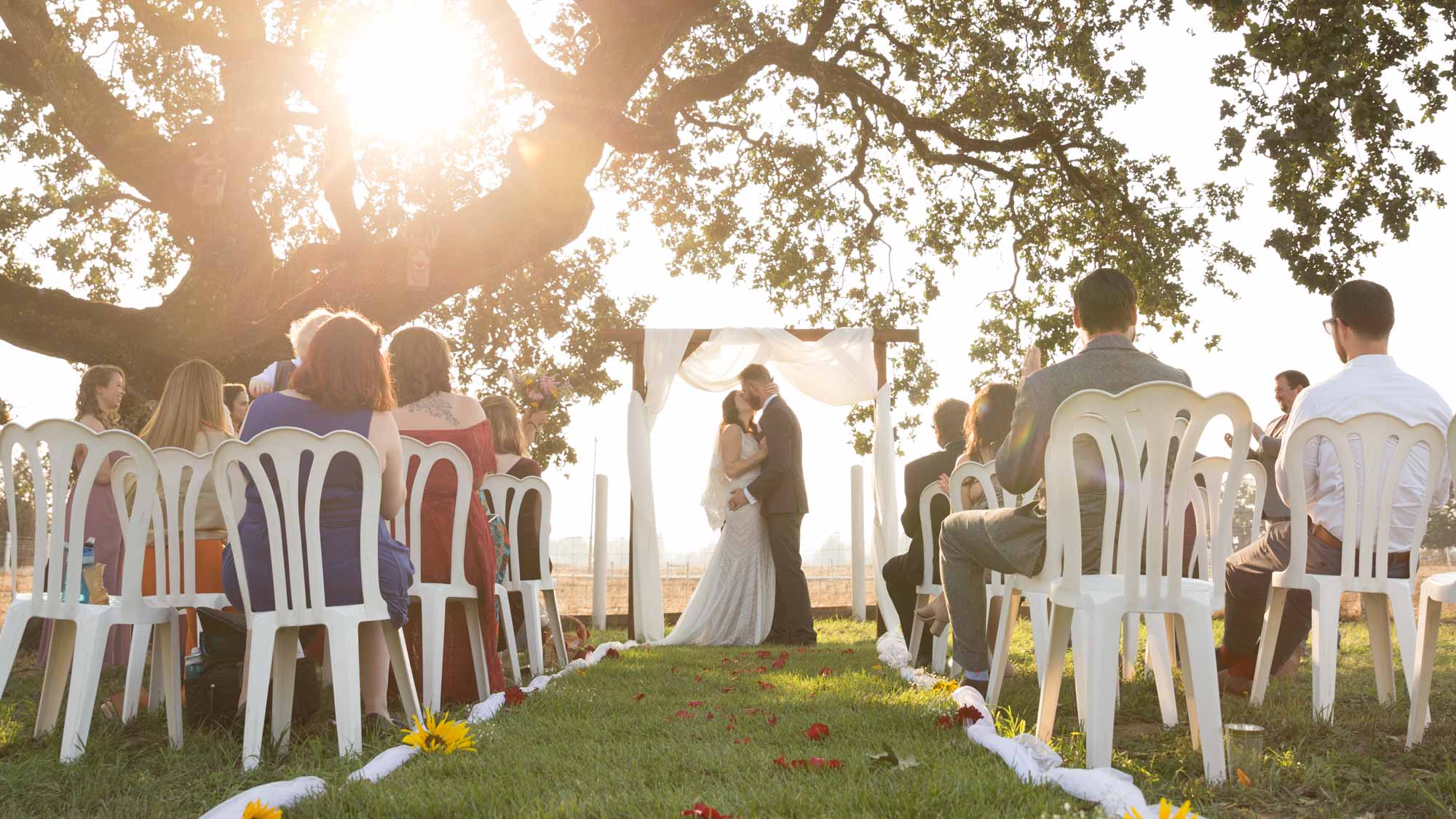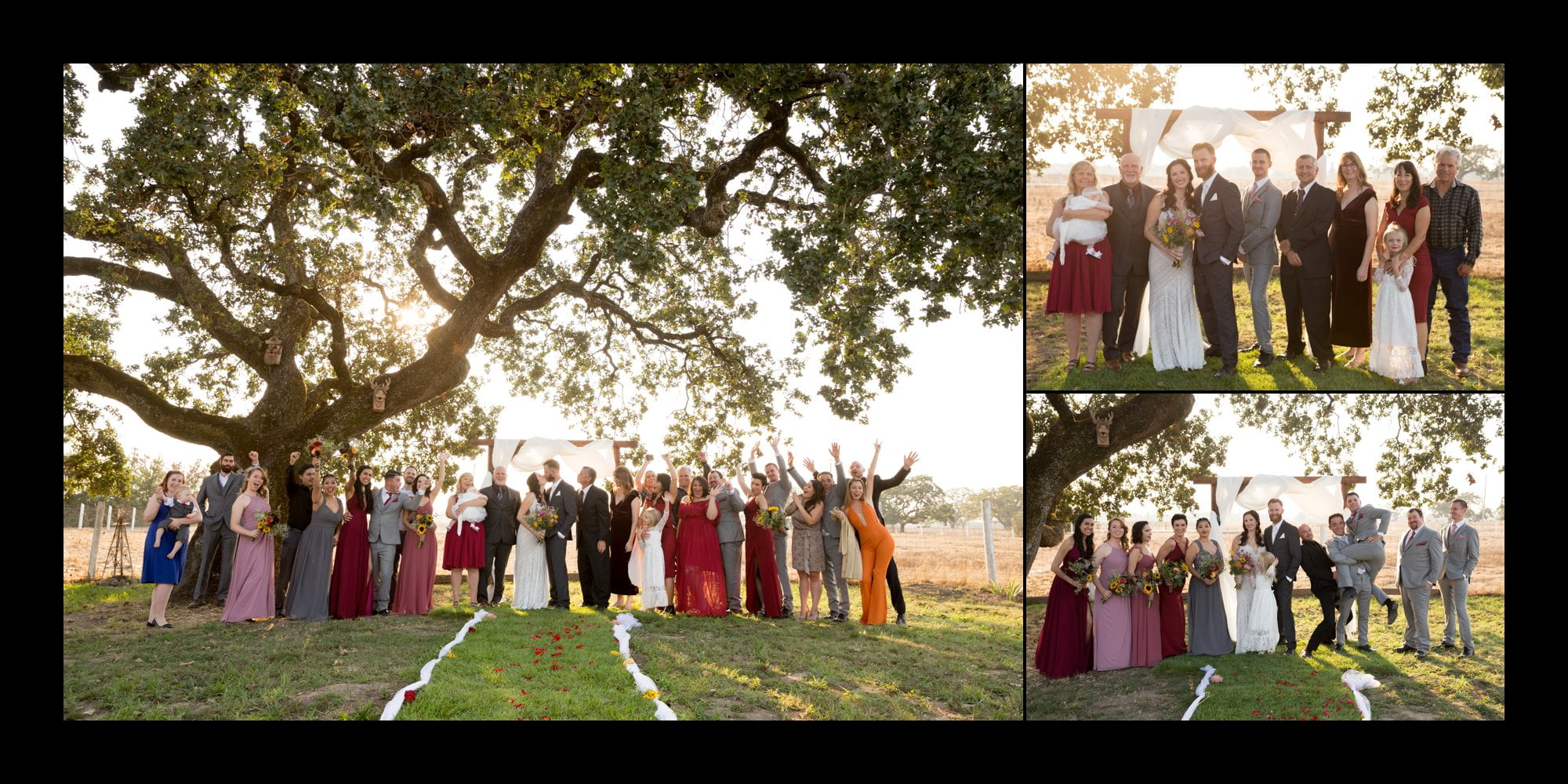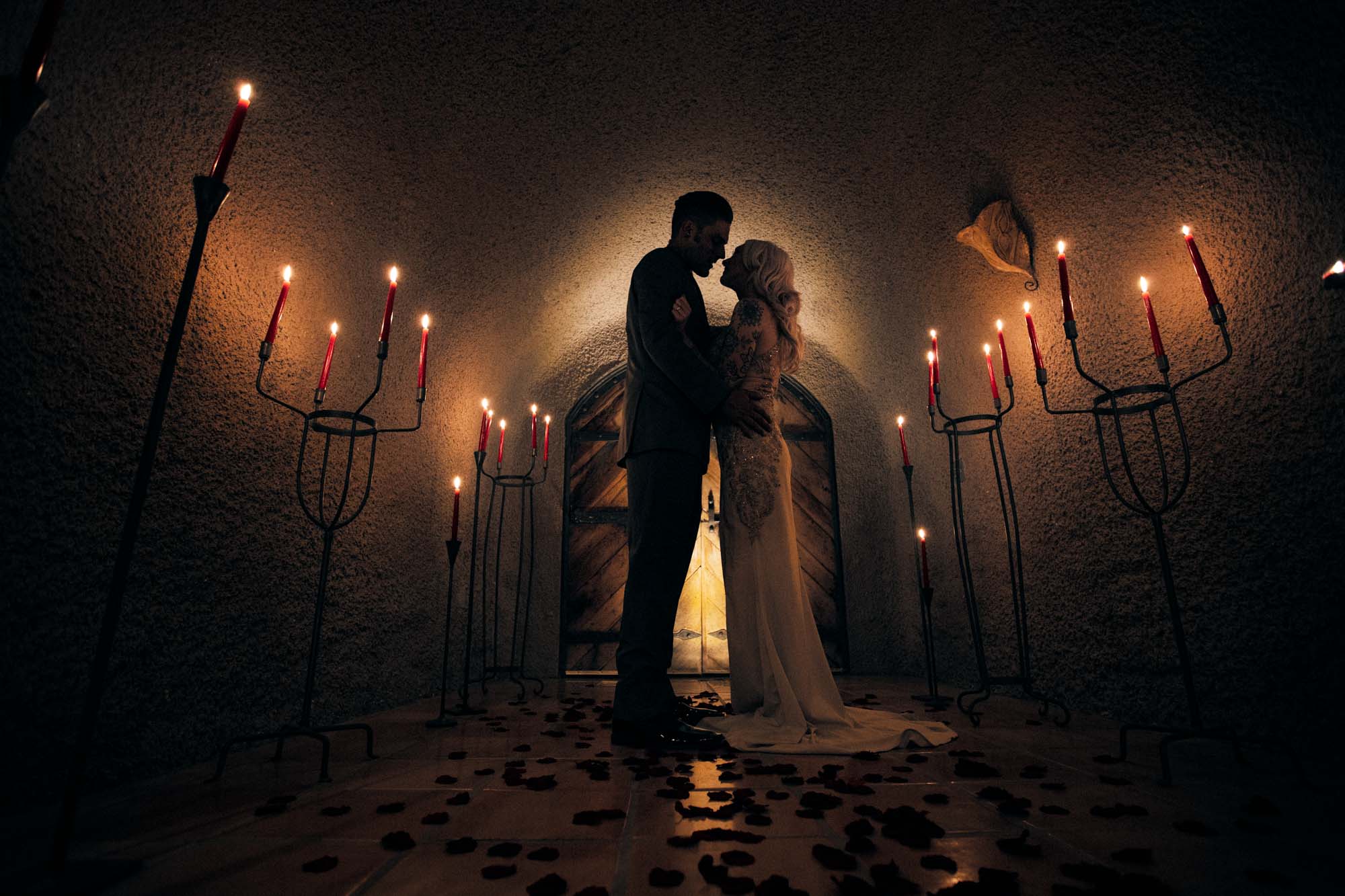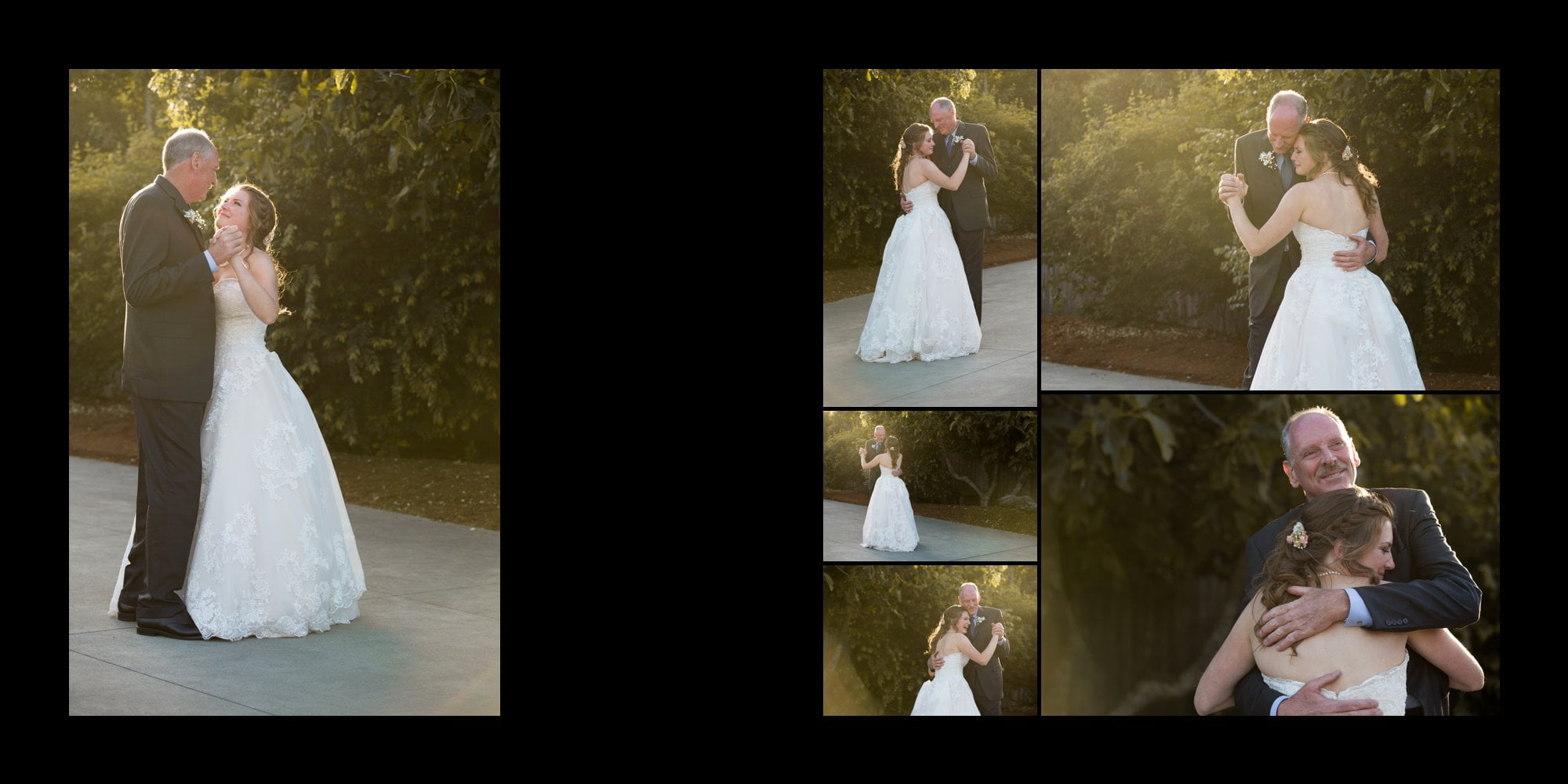Feeling overwhelmed with where to start when creating your wedding day schedule? One key tip is to collaborate with your wedding photographer early in the planning process. This guide will show you the most efficient ways you can structure your timeline, keeping in mind the photographer’s needs, so you can get the best wedding photos possible.
The Secret to Getting Better Wedding Photos
It’s no secret, and actually, it’s quite straightforward. Having a well-thought-out plan for your wedding day can significantly reduce stress by providing everyone with clear understanding of the schedule and events. Additionally, a good plan not only leads to better wedding photos but also allows for more quality time with your guests as the day progresses!
To make things as easy as possible for you, I have also created editable wedding day timeline templates in excel format. This will allow you to download the timeline, customize it, and share it with whoever you’d like!
How to Design your Wedding Day Timeline
Before we talk about timing, it’s important to understand the four main segments of a typical wedding. These events include:
- Getting Ready Photos
- Wedding Ceremony
- Formal Wedding Portraits
- Reception Coverage
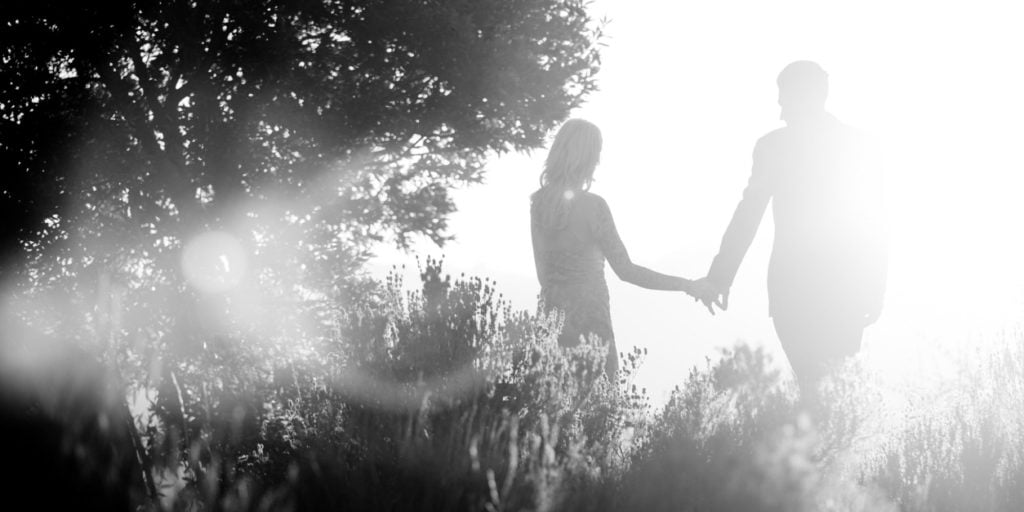
Where to Start your Plan
When designing a wedding day timeline for a couple, I begin by determining the ceremony’s time and then build the day’s schedule around it. To capitalize on the best lighting opportunities, it’s advisable to schedule your ceremony to start one hour before sunset.
Knowing the time and location of the ceremony simplifies the process of scheduling the other segments of your wedding. Note the ‘recommended coverage times’ for each segment in your timeline template, then arrange these around the start and end times of your ceremony as needed.
Bride & Groom Getting Ready Photos
The bride and groom getting ready segment is the perfect time to capture portraits of both of you as individuals, it’s also the the ideal time to capture portraits with family and attendants before the day becomes busy. Capturing all of these portraits before everyone arrives will make your wedding considerably less stressful. It will also naturally lead to higher quality photos and will allow you to spend more time with your guests later.
Brides are typically photographed while getting ready, surrounded by their family and bridesmaids. Formal portraits with each individual and group photos are also captured during this time. Portraits of the bride alone are taken with the remaining time in a variety of poses to document details such as hair, jewelry, dress, bouquet, etc. After capturing the essential shots, I dedicate the remaining time to creating a few unique and creative portraits of the bride.
If desired, I can photograph the bride getting into her dress. However, for optimal results, I highly recommend scheduling bridal boudoir photos on a day separate from the wedding.
My basic shot list for the bride’s getting ready coverage includes:
- Detail shots of accessories and getting-ready shots with bridesmaids, e.g. headpiece, earrings, ring, front and back of dress, necklace, bracelet, bag, bouquet, etc.
- Bride by herself (full length or 3/4 and close-up).
- Bride with all the bridesmaids (including flower girls).
- Bride with each bridesmaid and flower girl.
- Bride with mom and dad.
- Bride with mom only and bride with dad only.
- Mom and dad by themselves.
- Bride with immediate family.
- Bride with brothers and sisters only.
- Bride with each brother and sister.
- Bride with each brother and sister and their respective families.
- Any other requests.
- Veil placed over bride’s face.
- A few more shots of the bride and bridesmaids (more creative).
- Bride leaving home.
- Bride entering car on the way to the ceremony.
It is crucial that all individuals mentioned above are present and prepared for photography within 30 minutes of this segment’s scheduled start. To ensure images consistent with my portfolio, I recommend allocating at least two hours for the bride’s ‘getting ready’ coverage to capture all the elements listed.
When Should The Bride Have Hair and Makeup Done?
For best results the bride should have her makeup finished second to last in the bridal party. Not going last ensures the bride’s makeup is fresh for her solo portraits, yet also allows for wiggle room in case the makeup artist is running late.
Note that if your hair and makeup artist runs late at this stage, it can push your entire wedding day timeline back or compromise your coverage. Both of these options suck a lot and it happens way more than you probably think.
To make sure everyone’s hair and makeup is done on time, hire a reliable artist with a reputation of punctuality. If you need referrals for a makeup artist I’m happy to provide some for you if need be.
Also make sure that your makeup artist has a copy of your itinerary so she can plan accordingly and knows when she needs to have everyone finished by. It’s good practice to have a confirmed timeline for all vendors no less than a week before the wedding.
Like the bride, grooms are also photographed with their family and groomsmen individually and in groups. The groomsmen and family should be photo ready at the designated start time. The groom should be ready wearing his pants and shirt. Putting on his shoes, jacket, tie, cuff links, etc. will be captured on camera.
My basic shot list for the groom’s getting ready coverage includes:
- Detail shots of accessories and getting-ready shots with the groomsmen, e.g. putting on shirt, cuff, cuff links, belt, tie, vest, jacket, cologne, shoes, watch etc.
- Groom by himself (full length or 3/4 and close-up).
- Groom with all groomsmen (including ring bearers/pageboys).
- Groom with each groomsman and ring bearer/pageboy.
- Groom with mom and dad.
- Groom with mom only and groom with dad only.
- Mom and dad by themselves.
- Groom with immediate family.
- Groom with brothers and sisters only.
- Groom with each brother and each sister.
- Groom with each brother and each sister and their respective families.
- Any other requests.
- A few more shots of the groom and groomsmen (more creative).
Groom getting ready photos are almost always captured before the bride since grooms don’t need hair and makeup. This makes the most sense timing wise so I can work with the groom while the bride is getting ready. For images consistent with my portfolio I recommend 1.5 hours of groom getting ready coverage to capture everything mentioned above.
First Look Bride & Groom
What Is a First Look?
First looks provide an intimate setting to capture the groom’s expression upon seeing the bride in her wedding dress for the first time. They give the bride and groom an opportunity to share this moment privately, away from the eyes of guests. This approach also offers the advantage of capturing your couple’s portraits early. By capturing your couple’s portraits early, you can enjoy more time with your guests during cocktail hour, a time when you would otherwise need to step away for portraits.
How Long do First look Photos Take?
I recommend you set aside an hour for your first look and couples portraits. First looks usually only take about 10-15 minutes. The remaining time is then used to capture your couples portraits.
First Look Pros and Cons
There are pros and cons to a timeline with and without a first look. If you choose not to have a first look, you’ll need to excuse yourselves from your guests during cocktail hour to have your formal portraits taken then. Choosing to have a first look allows you to capture all of your formal couple portraits early so you can spend more time with guests later.
On the other hand if you do your couples portraits during cocktail hour, this is usually pretty well timed with sunset. An hour before sunset is called golden hour and generally has the best outdoor lighting opportunities of the day.
There are other variables that make either decision more or less attractive. For instance if you have access to a beautiful indoor space then outdoor lighting conditions might not matter. Just be aware of the advantages and disadvantages of each choice. If you’re on the fence, get in touch with me, and I’ll be happy to offer my opinion from a photo perspective for your wedding.
Wedding Ceremony
How Long are Wedding Ceremonies?
Ceremonies can vary in length from 10 minutes to over an hour, depending on personal preferences or religious customs. However, most ceremonies last about 20-30 minutes. This duration typically suffices to cover essentials like the assembly of the wedding party, the officiant’s speech, the exchange of vows and rings, and the first kiss.
To best visually tell the story in the album, I try to capture as much of the following during the ceremony as possible:
- The bride in the car doorway.
- Dad escorting the bride out of the car.
- Bridesmaids adjusting the dress outside the church.
- The bride walking up to the church.
- Groom and groomsmen waiting at the front of the church.
- Groomsmen walking up to the church, down the aisle, and waiting at the front for the bride.
- The bride, dad, and bridesmaids in the doorway of the church entrance.
- Children and bridesmaids walking down the aisle.
- The bride and dad walking down the aisle.
- Groom’s reaction to seeing the bride walk down the aisle.
- The bride and groom at the front of the altar.
- Wide church shots from the front and behind.
- Detail shots.
- Formalities including the ring exchange, kiss, etc.
- The bride and groom signing the register, possibly with the officiant if customary.
- The bride and groom walking down the aisle, congratulating, etc.
- Group shot from the balcony or at the front of the church.
- The bride and groom in the doorway of the entrance.
- Confetti shots, mingling, and other celebratory moments.
- Wide shot of the couple with the church spire.
- A large group shot including all guests.
Formal Group Photos
What group wedding photos should be taken?
Formal group photos involve capturing pictures of the entire wedding party, along with any additional combinations specified on your shot list. The basic shot list that I typically begin with includes:
- Bride and groom with the bride’s parents.
- Bride and groom with the bride’s parents, siblings (along with their spouses and children), and optionally with grandparents.
- Bride and groom with both sets of parents.
- Bride and groom with the groom’s parents.
- Bride and groom with the groom’s parents, siblings (along with their spouses and children), and optionally with grandparents.
- Bride and groom with siblings only, from both sides.
- Bride and groom with each brother and sister’s family (if requested or appropriate).
- Bride and groom with each set of grandparents.
- Additional requests, including photos with uncles, aunts, friends, etc.
- Separate photos of the groom’s parents, if these weren’t already captured at home.
Group Formals Tips
The ideal time to capture group formals is immediately following the ceremony, before the cocktail hour. It’s advisable to complete these portraits before any drinks are served, as doing so afterward can be akin to herding cats.
Pro tip: Prioritize capturing photos of elderly family members, pregnant women, and families with young children first. Organizing your shot list in the order of who should be photographed first streamlines the process, making it faster and easier for everyone on the wedding day. Speed and efficiency are key to achieving the best group photos possible at your wedding.
In most cases, formal group photos usually only take about 30 minutes or less with the above workflow. Couples with large families or extensive shot lists should allocate more time, ideally 2-3 minutes per photo, as a good starting point.
Couple Photos
If you opt not to have a first look, the ideal time for your couple’s portraits is during cocktail hour. Capturing your couple’s portraits during this period has its perks, as it often coincides perfectly with sunset. The hour before sunset, known as the golden hour, typically offers the best outdoor lighting of the day.
However, if you prefer to spend cocktail hour with your guests, you might want to consider having your couple’s photos taken earlier in the day, following a first look. Allocating approximately one hour for this photo session is ideal. It allows enough time to capture a mix of formal portraits and a few creative shots, making the most of the surroundings. This approach ensures you have beautiful memories captured without missing out on celebrating with your guests.
The Reception
Wedding Day Schedule – Reception
Like your ceremony, your reception is captured photojournalistically and usually includes: cocktail hour, the grand entrance, speeches, first dance, mother and son dance, father and daughter dance, cake cut and the garter / bouquet toss.
Cocktail hour is the first part of the reception and is the best time to excuse yourself for couple’s formal portraits if you decided not to have a first look. If you did have a first look and have already completed your couple’s portraits, this time is excellent for capturing candid interactions with guests after your grand entrance.
Remember that even if you already did your couples portraits earlier, we can still briefly sneak away for more couples portraits if you’d like. Generally speaking though, if your couples portraits have already been captured, I try to leave you alone as much as possible from this point forward so you can enjoy your time with your guests.
The rest of the reception events can happen in any order you’d like, as it shouldn’t have any affect on your final photos. Just include your plan on the timeline so I’m roughly aware of what’s happening and you should be all set!
For complete reception coverage, budget roughly 4 hrs for everything mentioned above. This will include about an hour of you and your guests dancing. If you’re looking to save a bit of money and are willing to part with some dancing pictures, 3 hrs of reception coverage should be sufficient.
Help Me Make This Wedding Day Schedule Guide Better!
If you didn’t see the answer to your question in this wedding schedule guide or you disagreed with anything mentioned, comment below and let me know what I missed. I want to make this the best resource possible for couples building their own wedding day timelines.
If you found this article useful, please let me know how it helped you specifically so I can continue creating the best content I can everyone.


